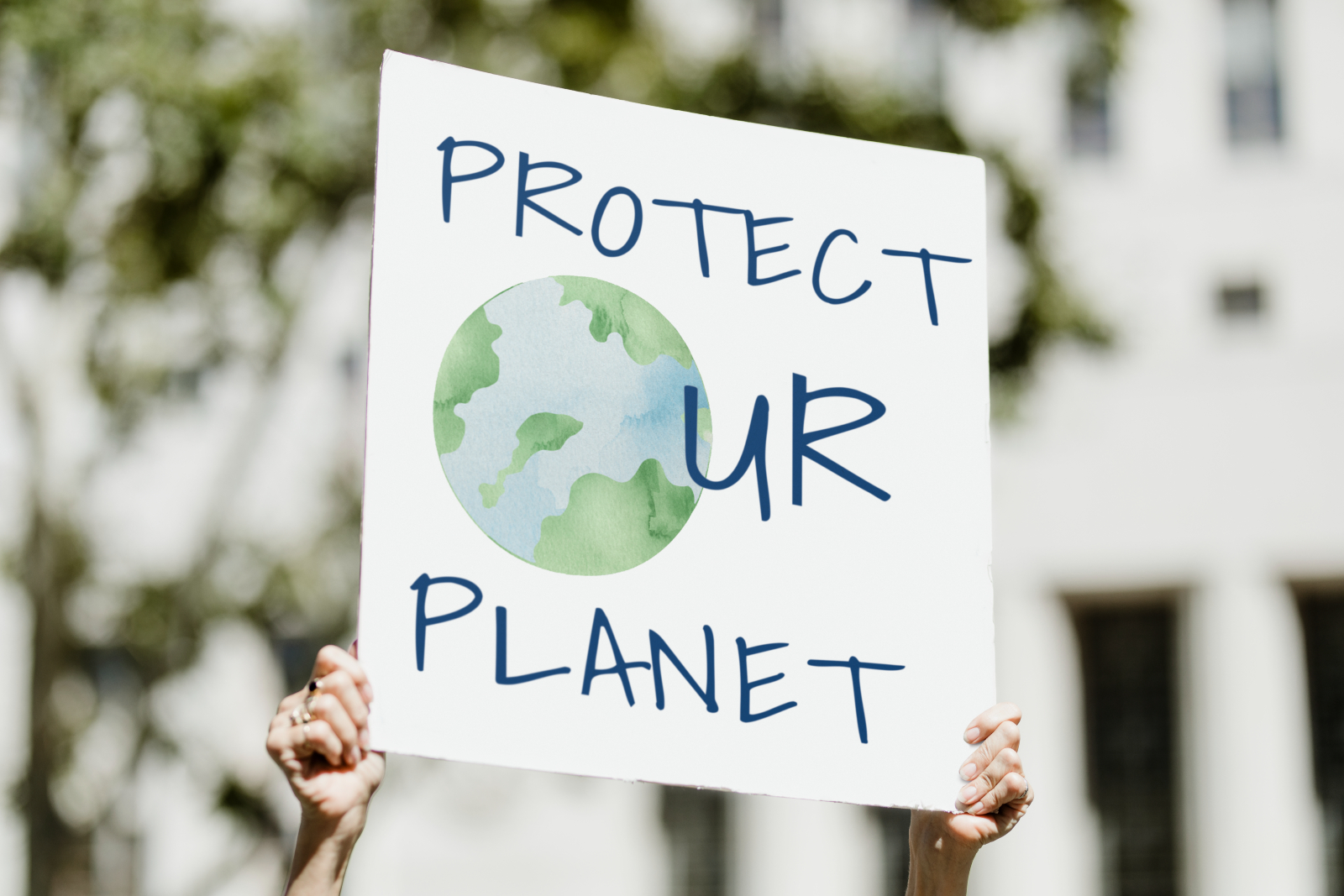
This week, the UN Climate Change Conference known as COP26 opened in Glasgow, bringing representatives from around 200 countries into the Scottish city, including world leaders, negotiators, government organisations, non-governmental organisations, businesses, charities, activists and, of course, the two most famous names in the fight against climate change – Sir David Attenborough and Greta Thunberg.
With so much ground to cover, the conference will last two weeks, closing on 12th November. One pledge that’s already been made by leaders of more than 100 countries is a commitment to end deforestation by 2030. As the days progress, no doubt we’ll see more headline pledges like this but meanwhile, we thought it might be helpful to summarise what COP26 is all about and what it potentially means for construction. Here is your five-point guide:
1. What does COP actually stand for?
COP stands for ‘Conference of Parties’ which is the name given to the decision-making body that represents 197 countries and territories that signed up to the UN Framework Convention on Climate Change (UNFCCC). After the first meeting, which was held in Berlin in 1995, the COP has come together annually to agree on actions which tackle climate change, thereby giving this year’s event the name COP26.
2. What is the Paris Agreement?
The Paris Agreement was signed at COP21 in 2015 (which was of course held in Paris). Sometimes referred to the Paris Accord, this landmark agreement created a legally binding commitment among almost all nations to limit global warming to well below 2°C and preferably 1.5°C.
The three main points included in the agreement are:
- Commitments from all major emitting countries to cut emissions and for all countries to set nationally determined contributions – climate action plans and policies to ensure they meet their pledges.
- A pledge of $100bn per year in financial support to countries that are most vulnerable to the effects of climate change.
- A five-year review cycle for monitoring, reporting, and extending climate goals.
3. Why is it so important?
You may have heard the media talk about COP26 as a ‘now or never’ moment in history. What that means is that, unless serious action to counter climate change is taken right now, our planet is on course for global warming of 2.4 degrees by the end of the century – far beyond the 1.5 degree target.
There’s no nice way to put this. Even with the 1.5 degree rise, many parts of the world will be experiencing more extreme weather events. But, any warming beyond 1.5 degrees risks triggering catastrophic changes in our planet’s natural systems, putting millions more people at risk of potentially life-threatening heatwaves and poverty.
COP26 is a chance for the world to shine a massive spotlight on this issue, to review progress and most importantly to agree on the actions urgently needed to prevent such a catastrophe. That will include how the built environment sector must respond.
4. So, what does it mean for construction?
The built environment contributes around 39% of global greenhouse emissions and progress around decarbonising the sector has so far been quite slow.
Unsurprisingly then, on November 11th, the COP26 agenda will turn to Cities, Regions and the Built Environment, highlighting how the relationship between the construction industry and local government is vital in tackling climate change.
With governments like the UK, France and Italy already starting to set carbon requirements for new buildings and developers starting to include carbon requirements in their projects, following COP26 we can expect to hear much more about carbon quotas and further calls to action within our sector as part of every country’s national climate plans.
5. What can we do now?
The simple answer to this is that, whatever action we’re already taking to reduce the impact of climate change, we must do more.
Every part of our sector must respond by seeking out greener, cleaner ways of working and take action that helps to accelerate decarbonisation. Whether that’s choosing products with a low carbon footprint, switching to electric vehicles or setting and measuring strict carbon limits within every construction project, we just have to do more.
During 2021 we saw the success of a vaccine rollout in the fight against COVID-19. When it comes to the threat that climate change poses for our world there is no such vaccine – only our response. Now it’s down to us to make the right one.
Find out more about COP26 here.
03.11.2021
Feature image: Freepik








